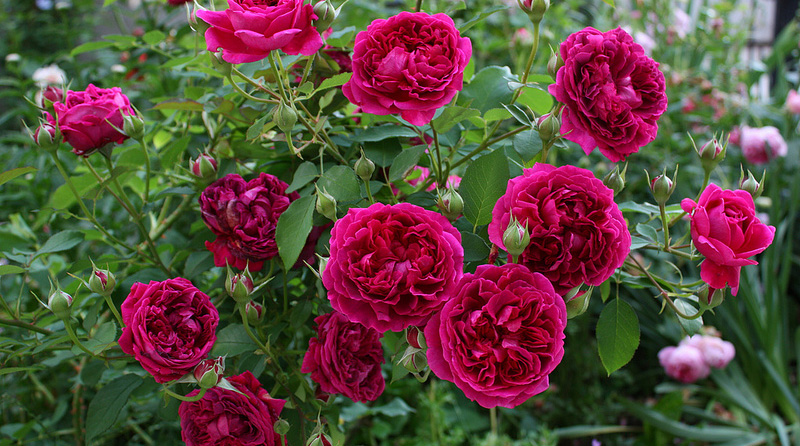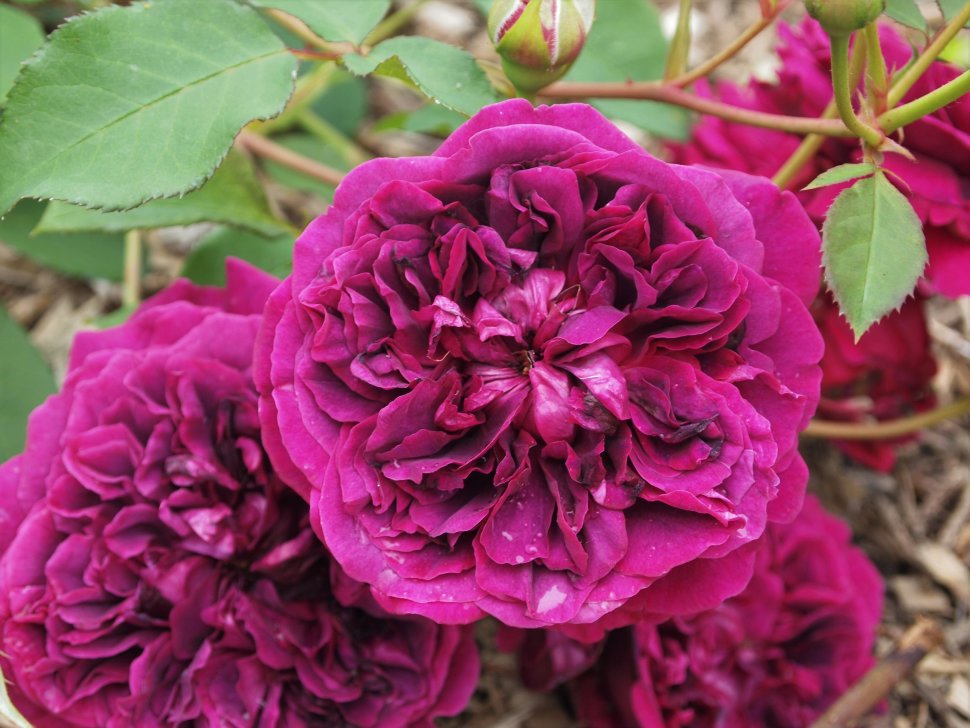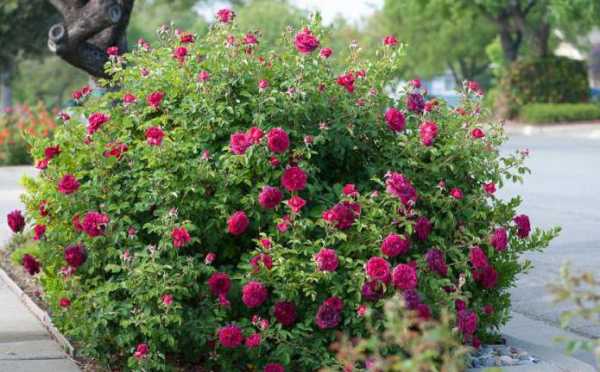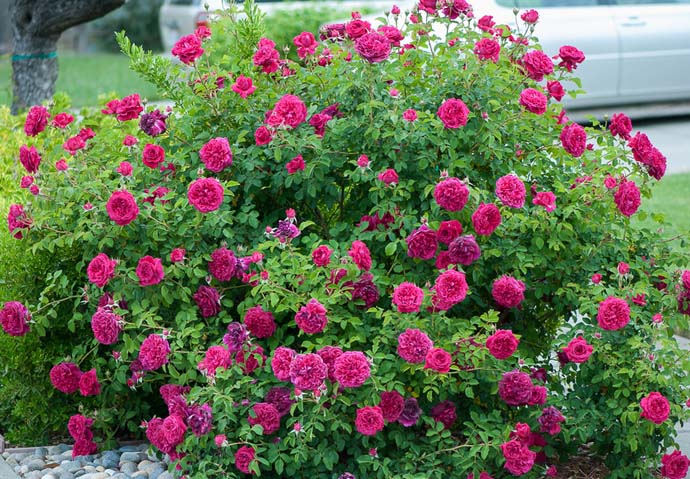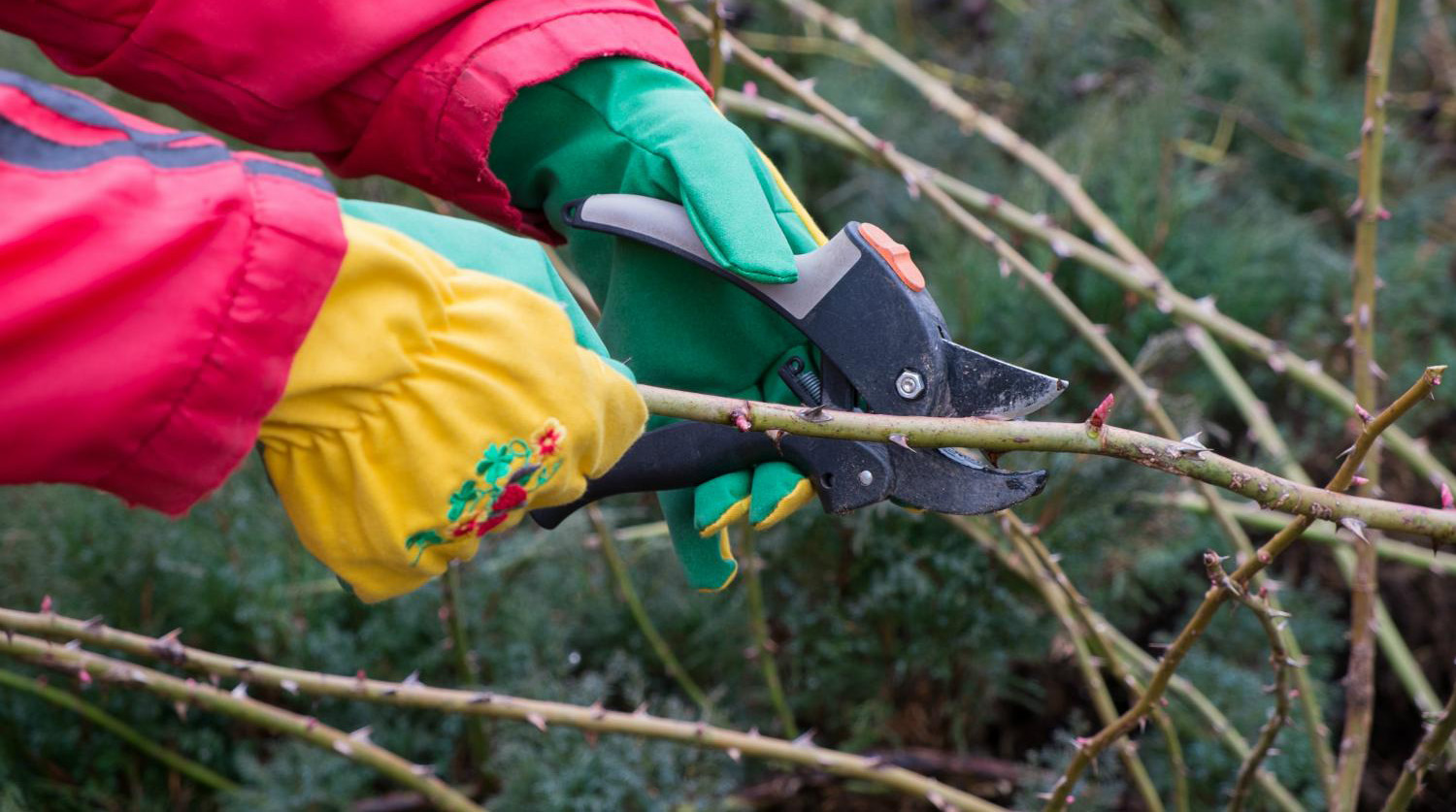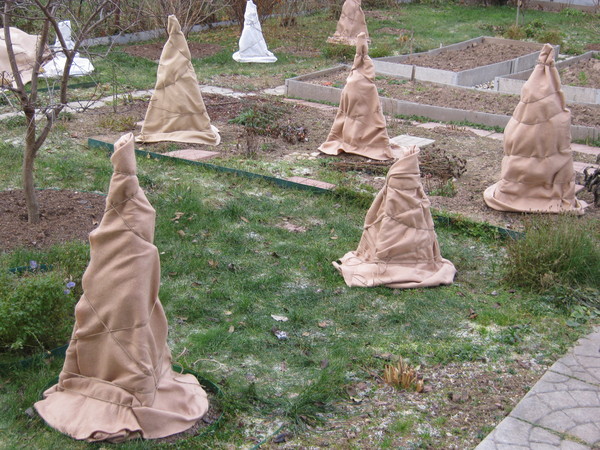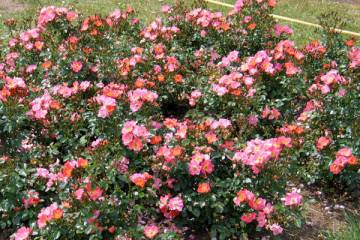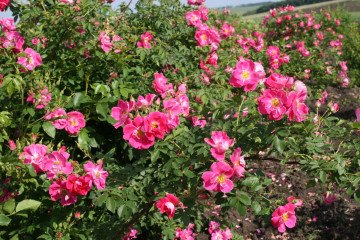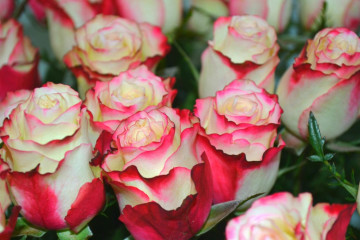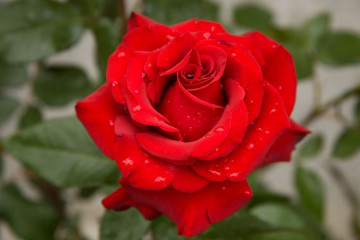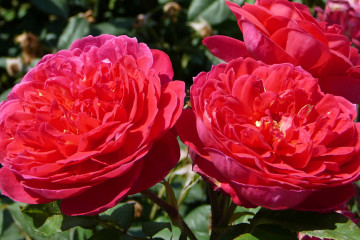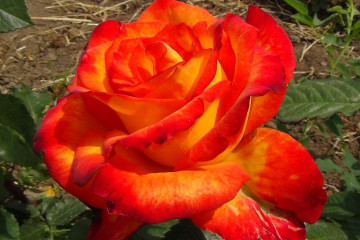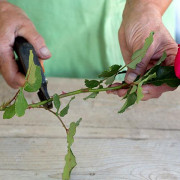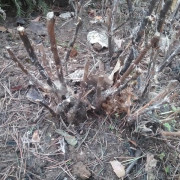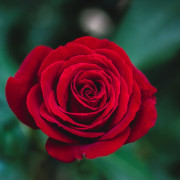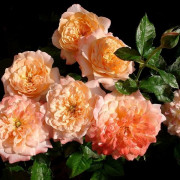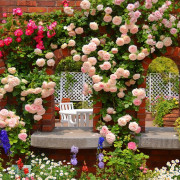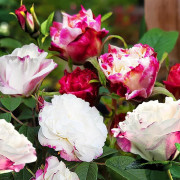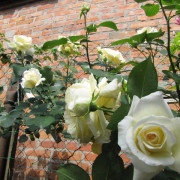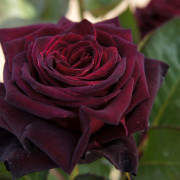Rose William Shakespeare - characteristics of varietal bush
Content:
Rose William Shakespeare is a beautiful garden flower, tall, with lush buds. It stands out strikingly from other roses. This is a hybrid that was obtained by crossing representatives of the floribunda group and hybrid tea flowers. The plant appeared at the end of the 20th century, but is still extremely popular.
Rose William Shakespeare and William Shakespeare 2000 (William Shakespeare, William Shakespeare 2000, AUSromeo)
Rose by William Shakespeare, as it is sometimes called, was first introduced to florists in 1987. It is a sprawling bush up to 120 cm high. The leaves are dark green. Even during the dormant period, when there is no flowering, it decorates the garden.
In 2000, the Shakespeare William 2000 rose was bred. The flower differs from the original version in that its petals are painted in a carmine shade of red, which turns into lilac. Rose William 2000 Shakespeare is characterized by resistance to diseases and pests, she has a more branched bush.
Brief description, characteristic
Description of climbing rose Shakespeare:
- the buds are large, up to 15 cm in diameter;
- the shape of the bud is cup-like, it becomes flatter when opened;
- bush width - up to 100 cm;
- the aroma is pronounced, alluring, aristocratic in English;
- the color of the petals is a velvet shade of red.
Advantages and disadvantages of the variety
The flower has many benefits that have made it so popular with gardeners:
- long flowering;
- frost resistance;
- the splendor of the bush;
- active and fast growth;
- strong, pleasant aroma;
- unpretentious care.
There are practically no flaws in the flower. The only thing you need to pay attention to is that the rose does not like heavy and prolonged rains.
Use in landscape design
The plant is great both solo and in combination with other flowers and plants in flower beds, rose gardens and private plots. It looks best in combination with the following colors:
- aconite;
- delphinium;
- phlox;
- sage;
- bells;
- geranium;
- veronica.
In the garden, the flower is planted not only in open ground, but also in tubs and flowerpots, which are located at the entrance to the house, veranda, gazebo. Thanks to the height of the bush and its width, a hedge can be formed from a rose.
Growing a flower, how to plant it in open ground
Growing a rose is not difficult, even a beginner can do it. Planting is carried out by seedlings. The best time to plant is from April to May.
Location selection
The English rose William Shakespeare loves places with diffused light. Avoid direct sunlight. There should be no drafts and strong winds at the location of the bushes. It is recommended to plant seedlings on a small hill.
How to prepare the soil and flower for planting
The preparation of seedlings is traditional:
- the roots are immersed in water for 4 hours, a little growth stimulant can be added to the liquid;
- shoots are trimmed 1/3 of their length, the cut is made at an angle of 45 ° towards the upper bud.
A drainage mixture is introduced into the prepared holes:
- 2 parts of fertile land;
- 3 parts of manure;
- 2 pieces of sand;
- 1 part peat.
The size of the holes for planting an English aristocratic rose is 40 * 50 cm.
Planting procedure step by step
When the holes are ready, landing is carried out:
- Carefully untangle the root system.
- Dip the seedling into the hole for the entire length of the roots.
- Sprinkle with soil, compact a little around the bush.
- Water abundantly, then spud.
Plant care
William Shakespeare is a rather unpretentious rose that does not require the creation of specific conditions for it.
- Watering rules and humidity
Water in spring and autumn - once a week, in summer heat - every 3 days. The volume of water for the bush is 10 liters.
Watering is carried out in the morning or in the evening. When the water is absorbed, the soil needs to be loosened.
- Top dressing and soil quality
The rose grows quickly, so it needs regular feeding. The first fertilization is applied in spring, when young branches begin to form. For feeding, manure or complex mineral fertilizers are used.
In summer, you need to use fertilizers every 2 weeks from spring to the last days of July. At the same time, organics and minerals alternate.
To stop the growing season of branches, potassium monophosphate is introduced into the soil in the fall. The remedy will help the rose to endure the winter easier.
- Pruning and replanting
Cleansing pruning is done in the spring. Bad and weak shoots that have not survived the winter well are removed.
To give the rose a bushy shape, it is necessary to periodically cut off the thickest branches. After each flowering, wilted buds are removed.
If it is necessary to transplant the bush to a new place, it is carefully dug out, a lump of old earth on the roots is preserved. The plant is transplanted into fertile soil, watered abundantly.
- Features of wintering a flower
With the onset of the first frost, the lower branches need to be covered with sand or earth to protect the roots. Unripe shoots are cut off.
Above the bush, it is necessary to make a frame on which the non-woven fabric is thrown. The rose needs to be covered in 2-3 layers of fabric. Cover it with spruce branches to create an air cushion.
Blooming rose
The flowering is undulating, it lasts all summer.
The dormant period begins in mid-September. As soon as the snow melts, the active growth of shoots begins.
In the active flowering phase, fertilizer is applied every 20 days.
What to do if it does not bloom, possible reasons
If a Shakespeare park rose does not bloom well or buds do not appear at all, this indicates improper care of it.
Possible reasons:
- insufficient watering;
- lack of nutrients in the soil;
- lack of regular loosening.
To restore flowering, the rose is given proper care.
Flower propagation
Rose William Shakespeare reproduces only by cuttings.
The optimal time is June-July, before the first flowering.
Detailed description
The shoots of the first flowering are cut off. Suitable length - up to 15 cm. There must be at least 3 internodes on the handle:
- the lower cut is made under the kidney;
- only 2 top sheets are left, the rest are removed;
- the place of the cut is placed in water for 4 hours with the addition of a growth stimulant to it;
- place the cutting in fertile, well-loosened soil, cover with a plastic or glass bottle;
- do not water;
- cover with spruce branches or straw for the winter.
With the onset of winter, transplant to a permanent place.
Diseases, pests and ways to combat it
Possible diseases:
- Powdery mildew - cut and burn damaged branches, treat the bush with 30% copper sulfate.
- Rust - remove damaged parts, spray with wormwood or nettle decoction, or treat with copper sulfate.
If aphids appear on the bushes, they are sprayed with a solution of laundry soap. If it does not help - pesticide treatment.
The rose is called the queen of the garden for a reason. Its purple bloom is mesmerizing, and its sophisticated aristocratic scent is intoxicating. A bonus to such splendor is easy care and resistance of the flower to diseases and pests.
